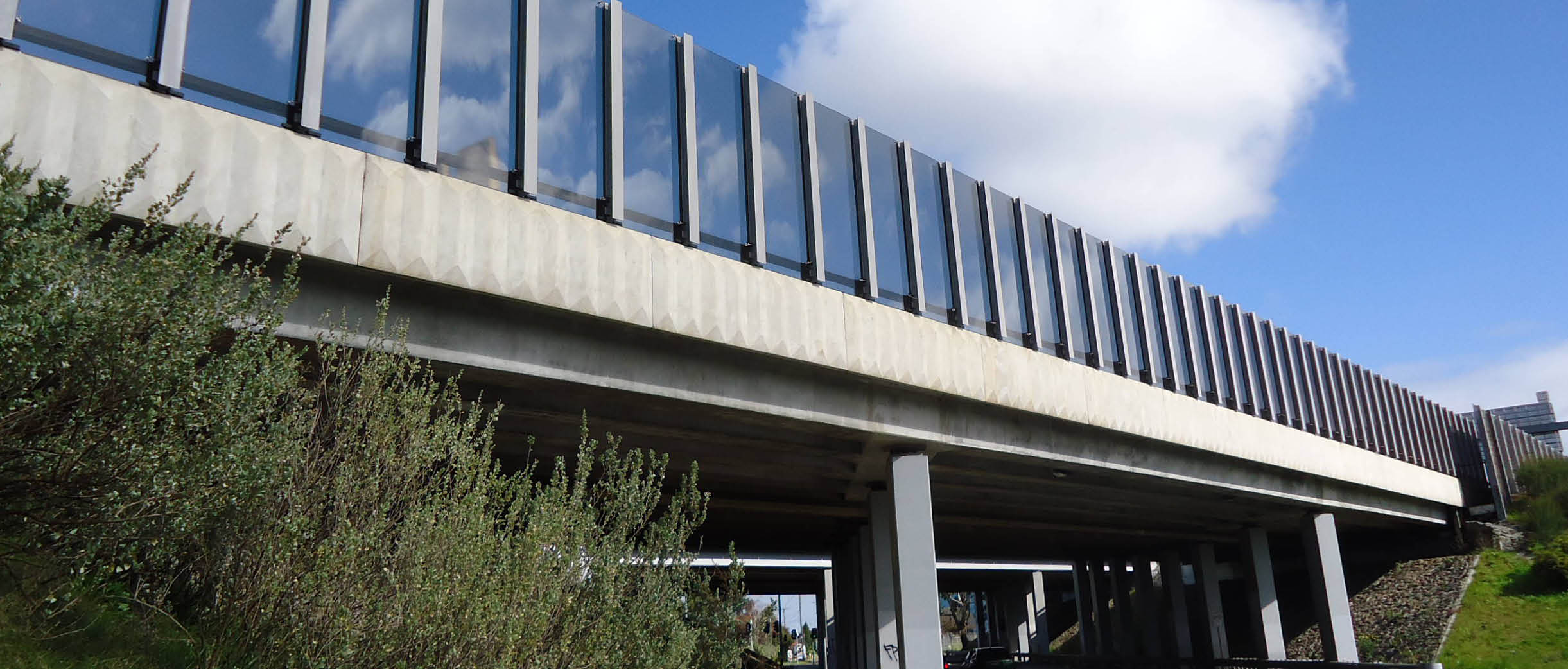Corrugated Perforated Panels A Versatile Solution for Modern Architecture
In the world of modern architecture and construction, innovative materials play a crucial role in emphasizing both functionality and aesthetic appeal. One such material gaining significant popularity is the corrugated perforated panel. Combining the structural strength of corrugated design with the lightweight, airy quality of perforation, these panels have become a versatile solution for a wide range of applications, from building exteriors to interior design elements.
The Structure and Functionality
Corrugated panels are characterized by their wavy, ridged surfaces which provide unique structural properties. The corrugation process introduces strength and rigidity, allowing these panels to withstand a variety of environmental pressures, such as wind and rain. When combined with perforation—holes of various sizes drilled or punched into the panel—the overall weight is reduced, and the panels become more manageable without sacrificing durability.
The primary advantage of corrugated perforated panels lies in their ability to facilitate air and light penetration while maintaining privacy and protection from the elements. This makes them an ideal choice for applications such as facades, sunshades, and canopies. They are commonly used in industrial buildings, commercial spaces, and even residential homes, providing both functional and decorative elements to architectural designs.
Aesthetic Potential
One of the most compelling aspects of corrugated perforated panels is their aesthetic versatility. Available in various materials such as metal, plastic, and fiberglass, these panels can take on numerous colors and finishes, adapting well to a wide range of architectural styles. The perforations not only serve a functional purpose but also create intriguing visual patterns, enhancing the overall appearance of a building. The interplay of light and shadow through the perforated surfaces creates dynamic effects throughout the day, adding an element of interest that changes with the light.
Architects often utilize these panels to achieve unique design goals. For instance, they can be arranged in patterns or orientations that accentuate the building's features, creating an eye-catching facade that distinguishes a building from its surroundings. Whether used as a primary exterior material or as striking accents, corrugated perforated panels provide ample opportunities for creative expression in architectural designs.
corrugated perforated panel

Environmental Impact
In addition to their aesthetic and structural benefits, corrugated perforated panels also contribute to sustainable building practices. When used in roofing and wall applications, they can significantly improve energy efficiency by reducing heat gain while allowing natural ventilation. The design facilitates airflow, which helps in maintaining comfortable indoor temperatures without excessive reliance on air conditioning systems.
Moreover, many manufacturers are increasingly producing these panels from recycled materials or aim to make them recyclable at the end of their lifecycle, thus supporting environmentally friendly construction practices. This aligns with the growing emphasis on sustainability within the architectural community, where materials that minimize environmental impact are becoming increasingly desirable.
Versatility Across Industries
The advantages of corrugated perforated panels extend beyond conventional applications. They have found a place in various industries, including transportation, agriculture, and even art installations. In transportation, they can be used in rail and bus stations for sound attenuation and aesthetic enhancement. In agriculture, they can serve as protective coverings for crops while allowing sunlight and rain to nourish the plants beneath.
Artists also leverage corrugated perforated panels in their installations, using the interplay of light and space to create immersive experiences that challenge viewers’ perceptions of form and function. This cross-industry adaptability showcases the flexibility of this material and its potential to fulfill diverse requirements.
Conclusion
In summary, corrugated perforated panels stand out as a remarkable architectural material that successfully merges functionality, aesthetic appeal, and environmental responsibility. Their unique structural properties, combined with design versatility and sustainable potential, make them an invaluable asset in modern architecture. Whether shaping the skyline of an urban landscape or enhancing an understated interior, these panels continue to revolutionize the way we think about materials in construction, illustrating the fusion of utility and artistry in contemporary design.
-
Why Galvanized Trench Cover Steel Grating Resists Corrosion
NewsJul.10,2025
-
The Versatility and Strength of Stainless Expanded Metal Mesh
NewsJul.10,2025
-
Load Calculations in Steel Grating Platforms
NewsJul.10,2025
-
Keeping Pets and Kids Safe with Chicken Wire Deck Railing
NewsJul.10,2025
-
Hole Diameter and Pitch for Round Perforated Metal Sheets
NewsJul.10,2025
-
Aluminium Diamond Mesh in Modern Architecture
NewsJul.10,2025
Subscribe now!
Stay up to date with the latest on Fry Steeland industry news.

